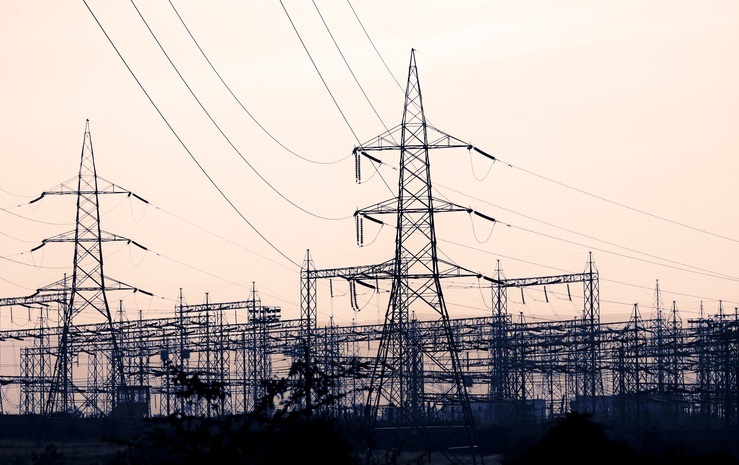
Asia-Pacifics energy demand is expected to grow by 40 percent from 2014 to 2040, with oil, gas and coal making up 80 percent of the regions total energy consumption, according to a 24-year forecast of global energy needs recently released by ExxonMobil.
Demand for all energy types in the region will increase at an average annual rate of 1.3 percent a year from 2014 to 2040, according to the study, The Outlook for Energy: A View to 2040. During that time, Chinas energy demand is expected to grow by 32 percent, while Indias is expected to jump 86 percent to 63 quadrillion British thermal units.

Photo: Yogesh More / Fotolia
In India, electricity generated from coal is expected to rise 150 percent through 2040.
Asia-Pacific is expected to account for 51 percent of total global energy demand in 2040. China and India also lead the developing world in raising standards of living and achieving technology improvements, ExxonMobil stated. Both nations are starting to take steps toward adopting additional policies on energy and climate change. Together, we see China and India accounting for almost half the projected growth in global energy demand to 2040.
Coal will stay the leading energy source in Asia-Pacific, supplying 37 percent of the regions demand in 2040, down from 46 percent in 2014. In China, the worlds largest user of coal, heavy industry will get about 45 percent of its energy from coal in 2040, down from more than 60 percent in 2014, the outlook projected. The amount of electricity generated from coal in India is seen rising 150 percent from 2014 to 2040. Meanwhile, Indias coal-fired electricity use is expected to more than double from 2014 to 2040.
Oil will supply 27 percent of Asia-Pacifics energy demand in 2040, unchanged from 2014.
Natural gas is expected to account for 16 percent of the regions energy demand, or 51 quadrillion BTUs in 2040, a 108 percent jump from 2014. As the regions demand rises, ExxonMobil foresees Asia-Pacific becoming increasingly reliant on natural gas imports. By 2040, Asia-Pacific is expected to get more than 40 percent of its gas from other regions, and likely will have overtaken Europe as the worlds largest net gas importer, the company stated. It is interesting to note that despite the strong growth in gas demand in Asia-Pacific, even by 2040 it is likely to remain the region with the lowest percentage of natural gas in its overall energy mix.
Globally the study predicts demand for nuclear energy to more than double from 2014 to 2040, with China accounting for nearly half that growth. Nuclears share of Asia-Pacifics total energy demand is expected to quadruple to 8 percent, up from 2 percent.
The company expects the global light-duty fleet – cars, pickup trucks and sport utility vehicles – to rise by close to 800 million vehicles by 2040. Such growth will be led by China, whose fleet is expected to grow 250 percent to more than 400 million vehicles by 2040. Around 2025, the country is forecasted to pass the United States as the nation with the most light-duty vehicles.
Global energy demand for heavy-duty vehicles is expected to increase by about 45 percent from 2014 to 2040. We anticipate demand in China increasing by about 50 percent, while demand in India more than doubles, the company stated.
Asia-Pacifics carbon dioxide emissions are forecasted to rise 18 percent from 15.2 billion tons in 2014 to 17.9 billion tons in 2025, and then to 18.8 billion tons in 2040. Within the region, the company expects Chinas CO2 emissions to rise from 8.7 billion tons in 2014 to 10.2 billion tons in 2025, before declining to 9.3 billion tons in 2040.
The 2016 edition of The Outlook for Energy: A View to 2040 is posted on ExxonMobils web site here.